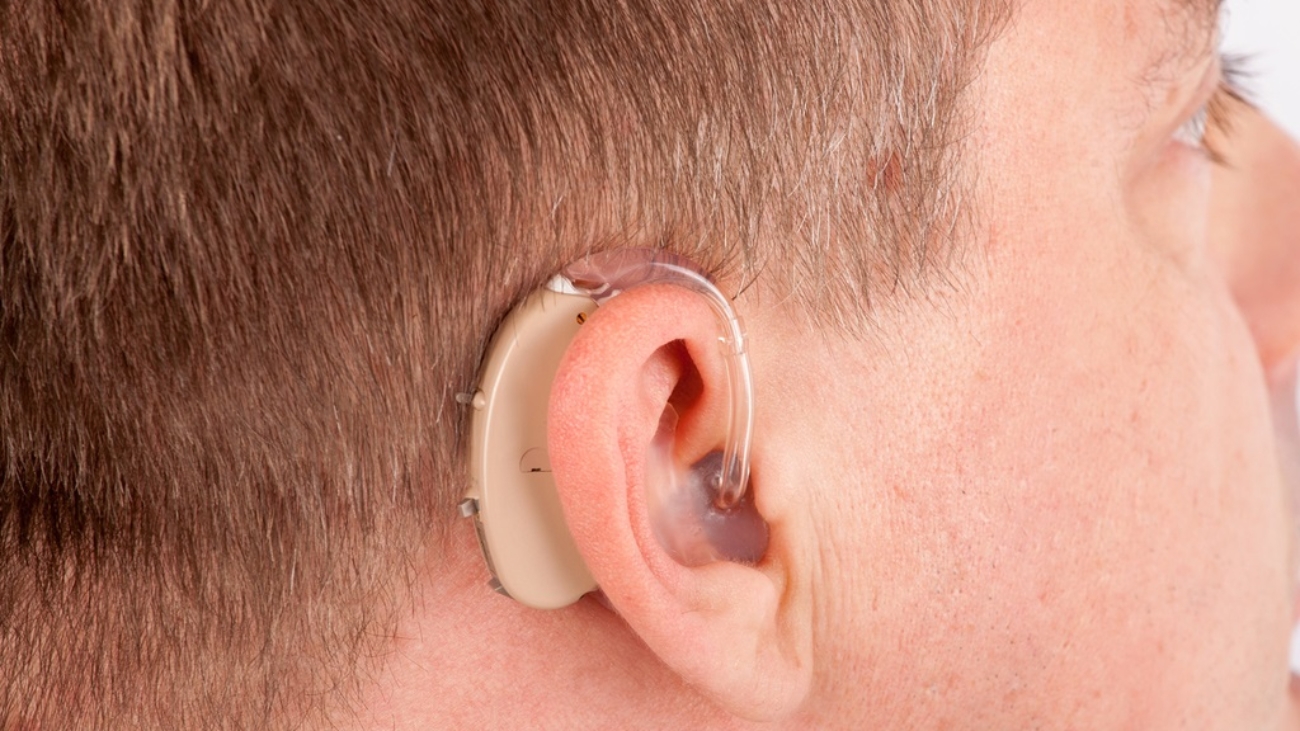Hearing aids enhance the quality of life for individuals coping with hearing loss. However, they may encounter operational issues, like any technological device, over time. Here are some warning signs that show a person’s hearing aids require repair.
Diminished Sound Quality
Individuals noticing a decline in sound clarity or volume, even with functional batteries, may face internal component issues within their hearing aids. Factors such as a clogged microphone or a malfunctioning receiver could contribute. Professional assessment and intervention can rectify the problem, restoring the hearing aid’s sound quality.
Feedback or Whistling
Persistent feedback or whistling sounds from hearing aids can indicate poor fit or damaged components. Potential causes encompass earwax buildup, improper insertion, or cracks in the casing. Thorough evaluation by hearing care specialists can identify the source and facilitate essential repairs.
Intermittent Functionality
Hearing aids functioning inconsistently or shutting down unexpectedly may grapple with electrical or connectivity issues. These issues could stem from corrosion, moisture-related damage, or loose wiring. Timely professional evaluation can discern the root cause and restore consistent functionality.
Distorted or Muffled Sounds
Distorted or muffled auditory experiences may point to concerns with the microphone or speaker components. Culprits can range from accumulated moisture and debris to physical damage. Seeking professional repair ensures accurate resolution of the underlying issue.
Battery Drainage
Abnormally rapid battery drainage could signify internal complications within the hearing aids. Malfunctioning power circuits or other electrical anomalies may be at play. The expertise of hearing care professionals is pivotal in diagnosing the cause and implementing necessary remedies.
Physical Damage
Visible physical damage, such as cracks, dents, or broken components, mandates immediate attention. Apart from impacting performance, these issues could expose internal mechanisms to heightened risk if not addressed promptly.
Difficulty with Controls
Struggles with adjusting settings or encountering unresponsiveness in volume or program controls might indicate mechanical or software malfunctions. Professional repair services can rectify these problems, ensuring seamless operation.
Persistent Static or Noises
Persistent static, buzzing, or unexpected noises from hearing aids may necessitate expert intervention. Potential causes encompass internal circuitry issues, microphone malfunctions, or damage to the receiver.
By promptly addressing these indications, individuals can ensure their hearing aids operate at peak performance so they can seamlessly engage in conversations and enjoy a better quality of life.

